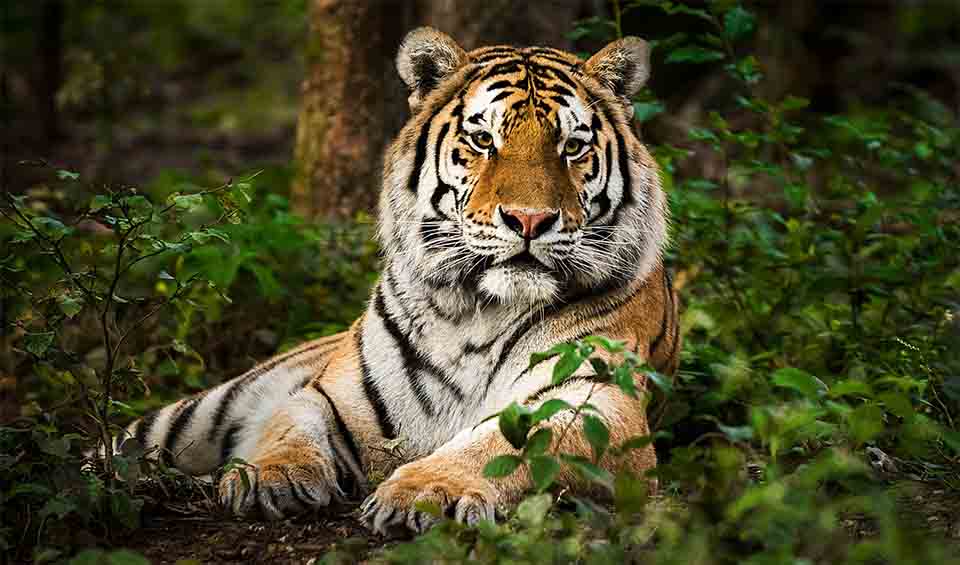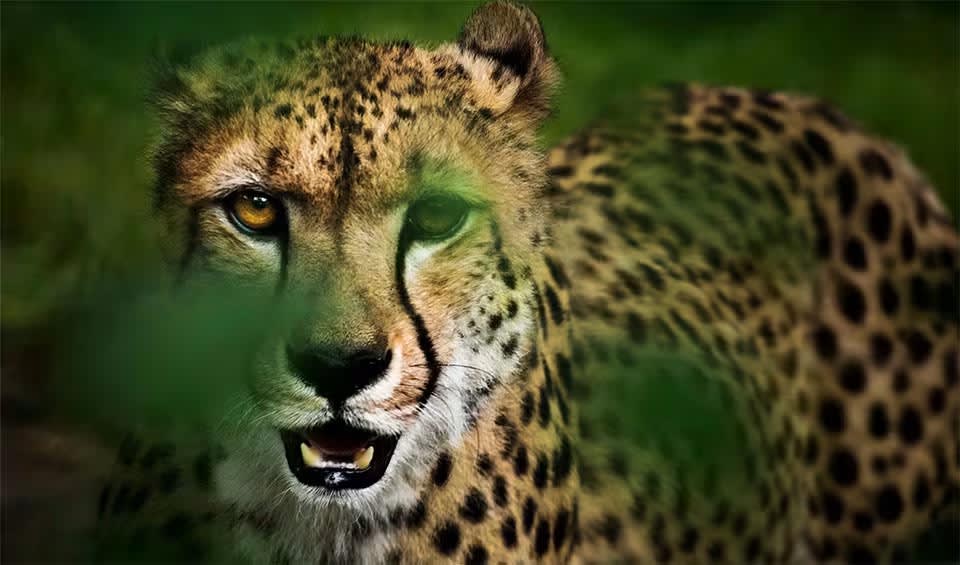You can spot a grey seal by its long, horse-shaped head and large, dark eyes that give it a soulful look. Unlike other seals, which often have shorter, rounder faces, grey seals have a more elongated snout that makes them look quite unique. Their coats also vary widely, with males usually having dark fur with light patches, while females are lighter with darker spots. Each seal has its own unique pattern, almost like a fingerprint, which researchers use to identify individuals.
One thing that really sets grey seals apart is their incredible ability to dive and hunt underwater. They can stay submerged for over 15 minutes and dive as deep as 457 meters (91,500 feet)! That’s deeper than most whales go during a casual dive. They use their sensitive whiskers to track fish in the dark waters, and their diet includes a variety of seafood like sand eels, cod, and even octopus. Unlike some other seals that migrate long distances, grey seals often stick to their home regions and are considered “site faithful”—meaning they return to the same beaches year after year to breed and rest. Their loyalty to their birthplaces is something you don’t see as often in other types of seals.
Grey seal pups are also a standout feature. When they’re born, they have a fluffy white coat that looks super cute and cuddly, even though it doesn’t help much in the water. These pups grow rapidly, gaining several pounds a day from their mothers’ rich milk, which has over 60% fat! In just three weeks, they’re ready to shed their white fur and start swimming. It’s also fun to know that grey seals can be quite vocal—they grunt, moan, and even bark. Some of their calls sound like something out of a science fiction movie.
Distribution
 Belgium
Belgium Canada
Canada Denmark
Denmark Estonia
Estonia Faroe Islands
Faroe Islands Finland
Finland France
France Germany
Germany Greenland
Greenland Iceland
Iceland Ireland
Ireland Latvia
Latvia Lithuania
Lithuania Netherlands
Netherlands Norway
Norway Poland
Poland Portugal
Portugal Russia
Russia Sweden
Sweden United Kingdom
United Kingdom United States
United StatesRecent Updates
- July 2025: As climate change causes ice sheets to recede, Lithuania is stepping up efforts to protect Baltic grey seals by enforcing bans on toxic pesticides and commercial cod fishing to support their recovery.
Anything we've missed?
Help us improve this page by suggesting edits. Glory never dies!
Suggest an editGet to know me
Terrestrial / Aquatic
Altricial / Precocial
Polygamous / Monogamous
Dimorphic (size) / Monomorphic
Active: Diurnal / Nocturnal
Social behavior: Solitary / Pack / Herd
Diet: Carnivore / Herbivore / Omnivore / Piscivorous / Insectivore
Migratory: Yes / No
Domesticated: Yes / No
Dangerous: Yes / No




